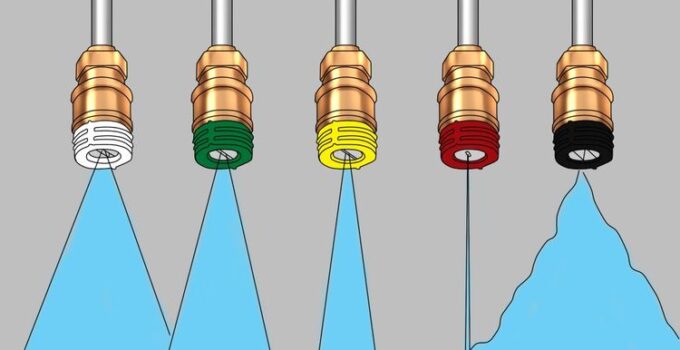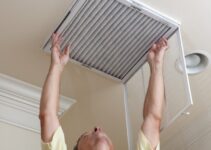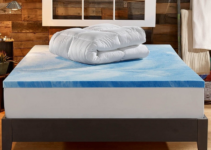Power washers, whether for commercial or residential use, normally include a set of spray nozzles, which you attach at the lance or wand’s end. These washer tools are specifically made to control the flow of water. Likewise, they can even tone down the pressure if the power rating of your pressure washer is higher.
Spray nozzles come in different colors to determine the spray angle of the nozzle, allowing you to wash different kinds of surfaces. A wide-angle nozzle tip spreads the water out. On the other hand, the narrow-angle type is ideal for small areas. The opening diameter of every nozzle is matched to your machine’s pump.
But how can you identify which tip is the best one for the job? The last thing you want is to use something on a certain spot, only to find out that it’s not suitable for it. So in this article, we’ll take a look at each power washer nozzle to ensure you’ll match it accurately with the surface you’ll clean. Doing so will result in a quick, thorough, and effective washing and prevent damaging your property.
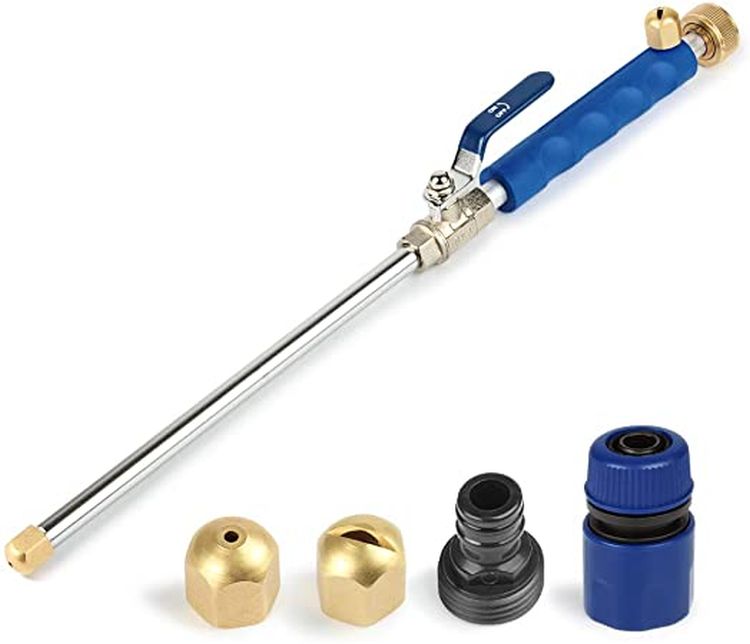
source:amazon.com
Page Contents
Safety Before Anything Else
Pressure washers are excellent at eradicating grime and bringing life back to your home’s exterior. You can also use them to wash a deck, outdoor furniture, bbq grill, and so much more.
However, these machines are extremely powerful, so never play around with your unit or treat it as a toy. Power washer sprays are potentially hazardous. Even if what you have is light-duty, it can still shoot water straight into your skin, which may cause serious injury.
Keep in mind that as the volume and pressure of your washer increases, so will the risk of injuries. So make sure to protect yourself with every cleaning chore by wearing protective gear. Furthermore, avoid pointing your power washer spray to people, including yourself.
What Will Happen If I Choose The Wrong Nozzle Tip?
The following things can happen when you use the inappropriate spray tip:
- Peel off your vehicle’s paint.
- Damage or split the wood deck.
- It can even penetrate through your brick driveway’s mortar, resulting in costly repairs.
For these reasons, it’s crucial to select the correct nozzle. And since nozzles control the applied pressure of the stream, you’ll often obtain the cleaning power you’re after no matter what your unit’s GPM and PSI are.
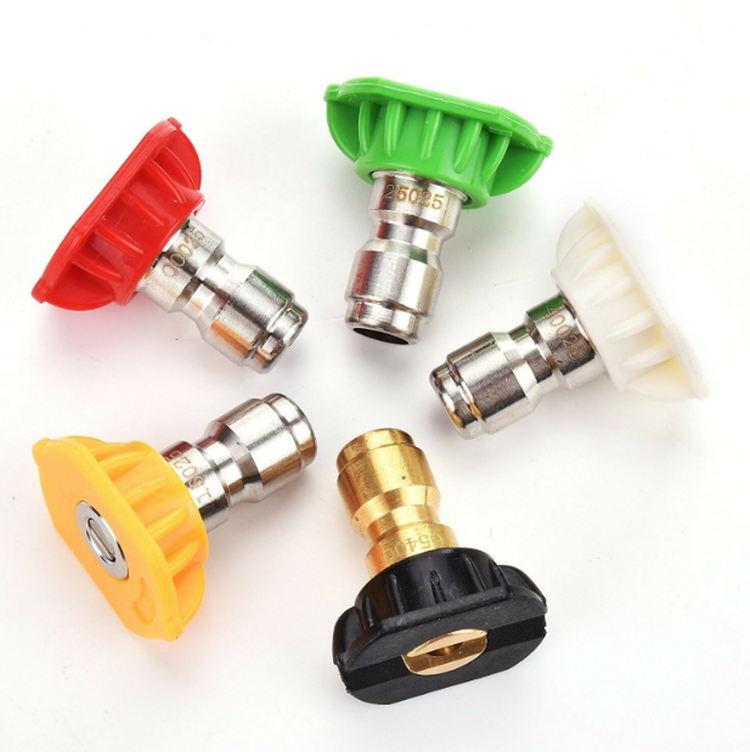
source:ebay.com
Why Do Nozzles Or Tips Matter When Pressure Washing?
Most homeowners believe that they only need one to two nozzles to wash surfaces, strip off paint, clean the patio, etc. However, you’re only increasing your chances of damaging your property and other items because of this. Likewise, you will not be completely happy with the outcome and your overall power washing experience.
You’ll be able to control your unit further by utilizing several nozzle types. For larger spaces, you can spread out the pressure over them. On the other hand, you can have more concentrated pressure on smaller areas.
The thing you need to know here is which tip or nozzle type you need to get. Then, you will be able to decide which one best suits your particular cleaning needs.
Different Types Of Nozzles
The measurement of pressure washer nozzles is in degrees. Moreover, they are color-coded so that you can easily identify them.
Red 0° Tip Nozzle
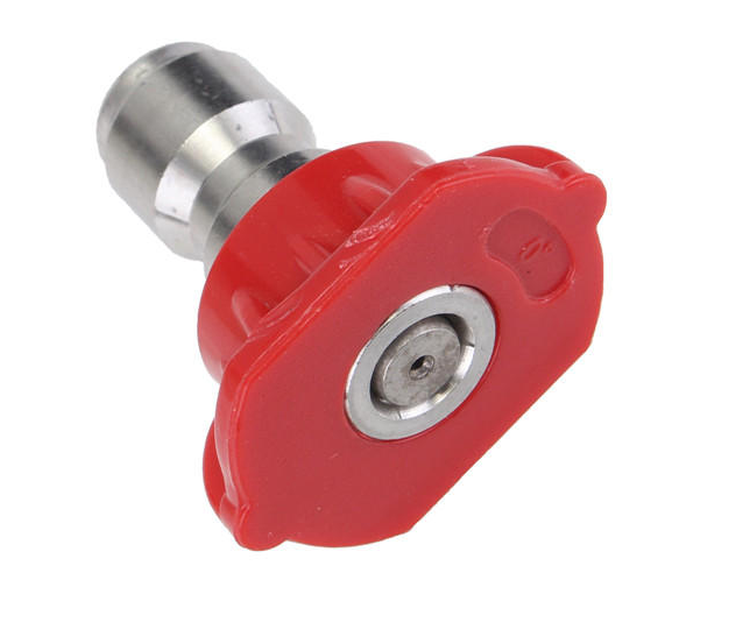
source:banggood.com
This nozzle provides a maximum blast and should be used rarely. It has a spray pattern ideal for very small areas. Also, it generates a force that can easily damage surfaces. Nevertheless, it’s perfect for removing tough grime, stain, and dirt like rust and concrete stains.
Yellow 15° Tip Nozzle
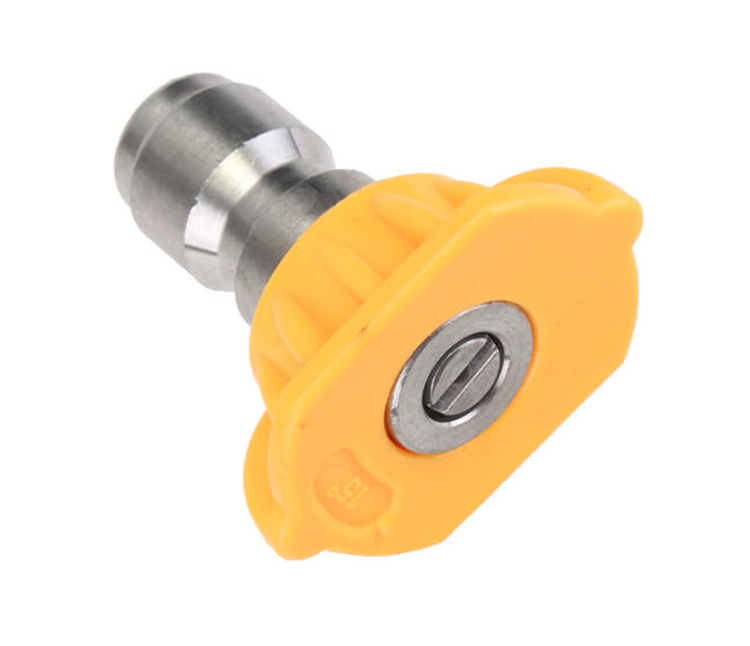
source:banggood.com
This tip can produce a 15° wide spray pattern. It’s great to use when you want to do some heavy-duty cleaning like removing concrete stains and washing garage floors. However, it can cause some scarring to vinyl or wood siding.
Green 25° Tip Nozzle
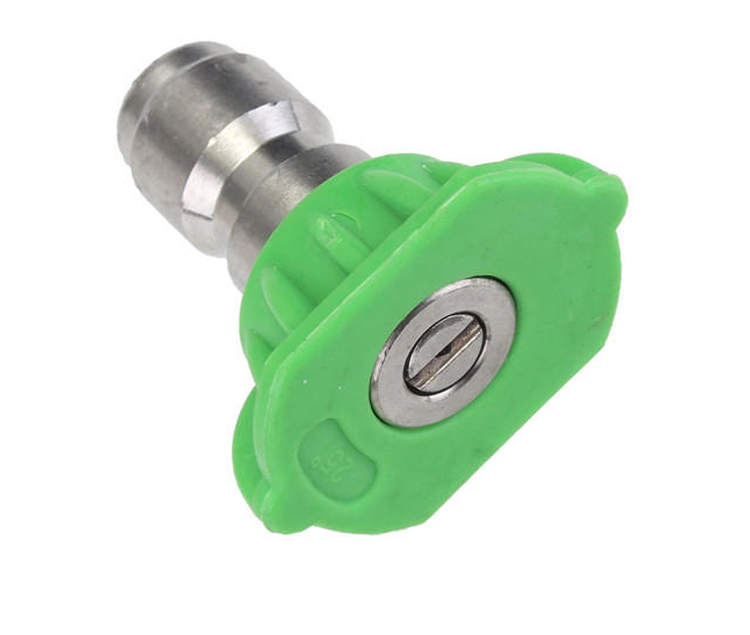
source:banggood.com
The green tip is a favorite among homeowners. You can use it to wash a car, boat, your driveway, and patio furniture. It has an angle that enables you to quickly tackle house siding and other large areas. It also creates enough force to eradicate dirt without damaging surfaces while covering wide spots in one pass.
White 40° Tip Nozzle
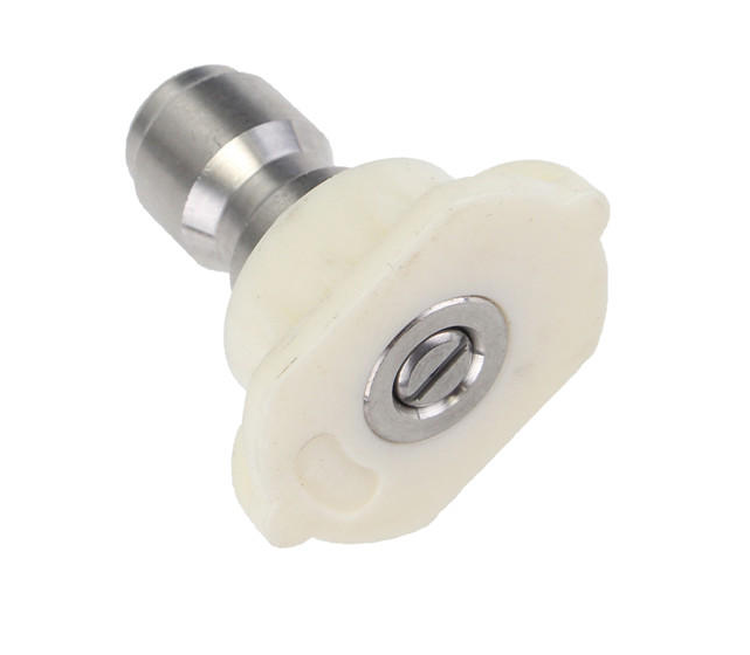
source:banggood.com
This nozzle type, which is sometimes gray, produces minimum spraying. Its gentle spray is spread out at 40°, making it perfect for delicate surfaces such as windows, damaged paint, wooden decks, and blinds.
Black 65° Tip Nozzle
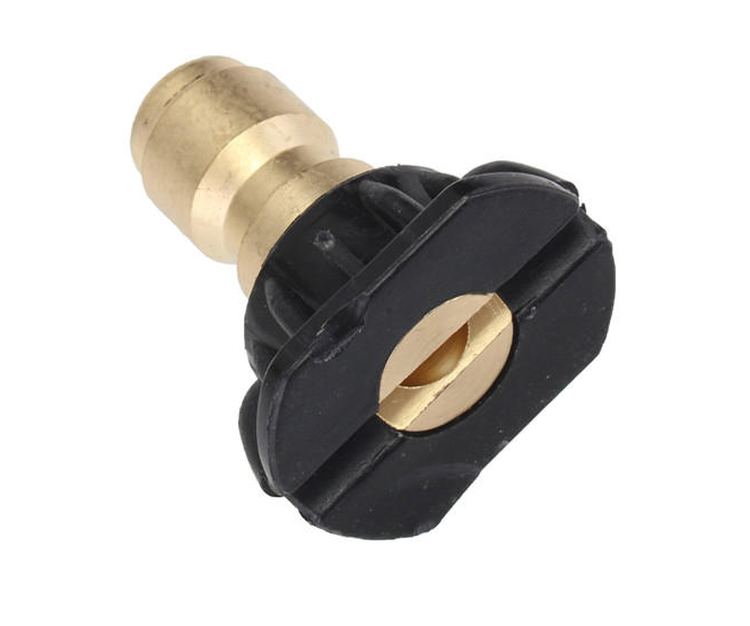
source:banggood.com
The black nozzle is also known as a soap nozzle since it activates your power washer’s chemical injector. This tip is quite special because aside from offering the widest spray pattern, it also has the largest orifice. This lets your machine detect a drop in its pressure and start the flow of chemicals through its hose and out of the wand. Hence, this tip is typically used for applying or rinsing detergent.
Turbo or Rotary Nozzle
This is an excellent alternative to the red nozzle as it delivers the same level of pressure. However, its spray pattern is similar to the green tip. Moreover, the water coming out of it rotates at 1800 to 3000 RPM because of its pulsing action. The rotary tip can eliminate thick grime off of concrete, strip paint, lift gums from your sidewalk, and remove dust.
Variable or Adjustable Tip Nozzle
This type is a single nozzle that incorporates the five tips in one spray nozzle. Simply give it a quick twist to change your spray angle. Thereby, you don’t need to stop what you’re doing and change tips when necessary.
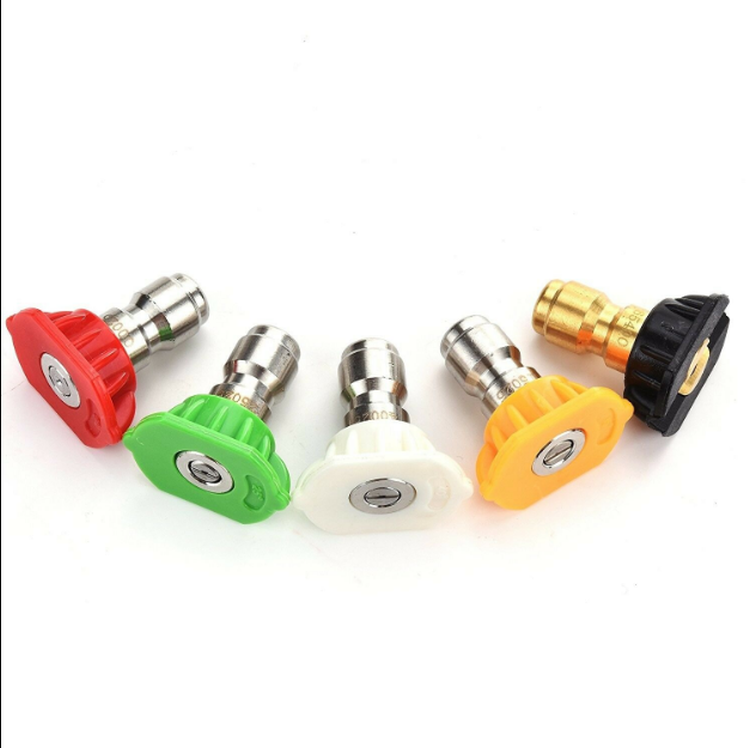
source:ebay.com
Things To Remember When Selecting The Best Type Of Pressure Washer Nozzle For The Task
Before going ahead with your outdoor cleaning, keep the following tips in mind when choosing a nozzle:
- Make sure to use your common sense. Only use red or yellow tips when your surface is truly nasty. It won’t make any sense if you’ll use them to wash your wooden deck.
- The last thing you want is to damage your property. So before going ahead with your power washing session, test on a small section of your surface first. You can experiment in an area that doesn’t usually get noticed. That way, no one will be the wiser if you damage it a bit.
- Begin with the white tip or a nozzle with a wider angle. Doing so can help you determine the level of pressure required to the task at hand without causing any damage to your surfaces because of extreme force.
- Start by keeping the spray wand at least 2 feet away from the surface. And then slowly move your washer’s tip closer until you get the results you want. However, you should not be less than 6 inches closer. If at this close to the surface, you’re still not getting rid of the grime, consider changing to a narrower angled tip.
- Ensure that the pressure washer itself is in good condition to maximize its efficiency. A gas power washer requires regular maintenance, from priming its pump to changing its oil.
Learn more about it at https://cleanup.expert/gas-pressure-washers/.

